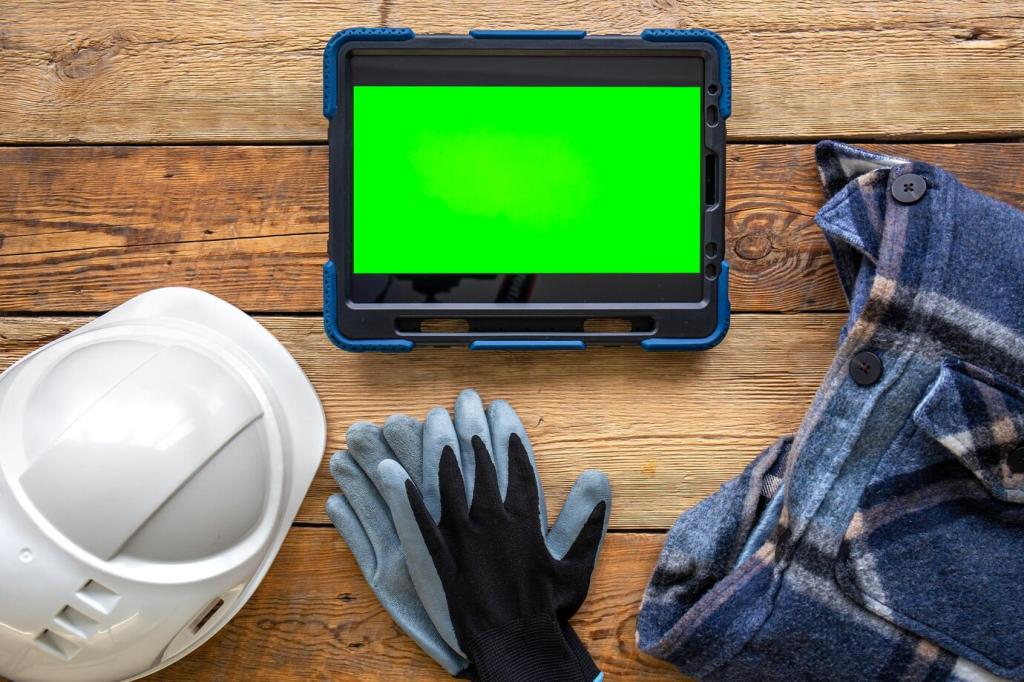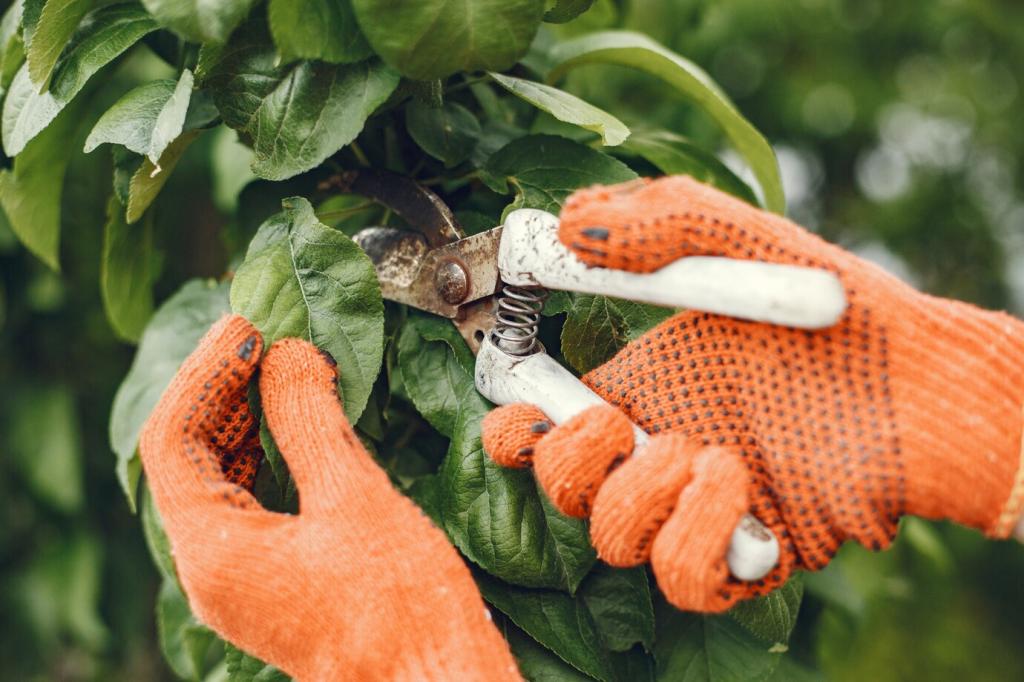Wash, Dry, Store: Everyday Routines That Protect Without Pollution
Cold water, liquid detergent, and a short, gentle cycle preserve dye bonds and fiber strength. Lower spin speeds reduce abrasion and stretching, especially for wool, silk, and blends. Skip fabric softeners that leave residue. Instead, let time and careful handling do the softening. What’s your current cycle? Share and we’ll optimize it.
Wash, Dry, Store: Everyday Routines That Protect Without Pollution
Line-dry in shade to protect dyes from ultraviolet degradation, and reshape garments while damp to reduce ironing demands. Avoid direct heat that embrittles elastane and weakens cellulose. A clean towel roll can wick water quickly from knits. Post your drying setup and learn how others make small spaces work beautifully.






